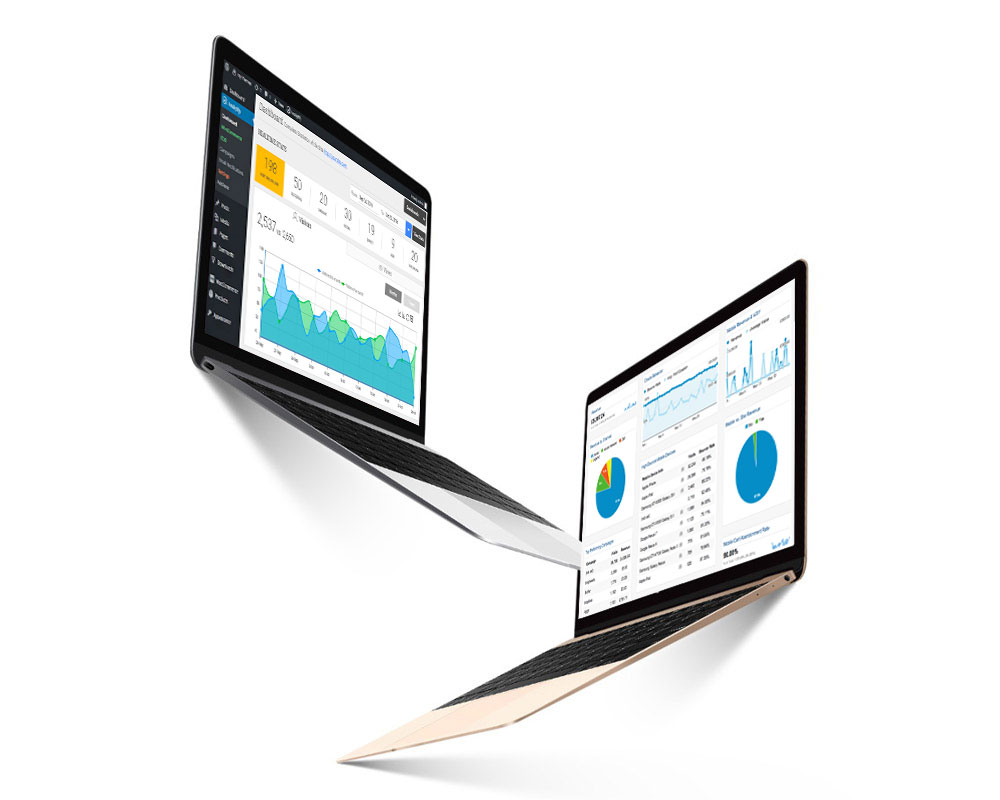

Let’s jump right into an example and talk about images. Last but not least, the number of network requests is an important factor to keep in mind. This process is also referred to as lazy loading. This leads to less simultaneous Javascript work, hence, most likely, less long Javascript tasks. But instead of going through all of them (say, initializing all the JS sliders on the page), a better practice would be to affect only the visible ones first. Yes, this is a good move to make sure that the page’s DOM is built before starting to manipulate its elements. Very often caused by general-purpose plugins or libraries, this happens when a script tries to affect many elements on the page right when the page has been loaded (an overinflated jQuery $(document).ready() is often the culprit here). With good browser support, you may not need lots of language polyfills like several years ago. To solve this, I suggest optimizing the code to make it “lighter” by reducing its file size to a possible extent and also detaching from third-party libraries where possible. No matter what type of element it is, displaying it can be delayed if there are render-blocking resources embedded in the page above the element which download large files over the sometimes not-so-good internet connection, for example, a or tag pointing to a stylesheet.

The First Contentful Paint event is triggered when the first “meaningful” element appears on the page. Now that you know the definition of TTI, let’s go over the typical bottlenecks. This approach is also used for other metrics that we cover in our Google Lighthouse series. Basically, Lighthouse compares your results to other websites from the database and assigns a score based on which percentile your website is placed in. These values are based on the data taken from HTTP Archive. From 3.9 to 7.3 seconds - Orange (moderate)Īn example of a good Time To Interactive result.This is how Lighthouse interprets the TTI score: In this diagram, TTI is the end time of the last long task that happened prior to the start of the 5-second quiet window. No more than two in-flight GET requests happening at the same moment.A long Javascript task is a script whose execution makes the browser locked up for more than 50 milliseconds. No long Javascript tasks happened within the last 5 seconds.FCP is a timestamp of how long it takes a browser to render an image, text block or non-white element on the page. First Contentful Paint (FCP) happened.Technically, a fully interactive web page means: It measures how much time passes before the page is fully interactive. Time To Interactive (TTI) is one of the metrics tracked by Google Lighthouse in the Performance section. How to measure and track this behavior? For that, there’s the Google Lighthouse performance metric, Time To Interactive. A severe case is when a website appears ready visually but doesn’t respond to user input. This is especially true if it happens when a potential customer interacts with your website for the first time. If something behaves differently than it looks, then visitors are frustrated. And the more I move down the path of web development, the more I observe the following: They may have developed organically, but some vital ones have been documented throughout the years.

I’m talking about those unspoken rules and behavioral patterns that have been unconsciously developed by users of the internet themselves. The modern web is full of standards, and not only the formal ones that are laid down in HTML and Javascript documentation solely for developers. By Arthur Khayrullin web performance 5 min read


 0 kommentar(er)
0 kommentar(er)
